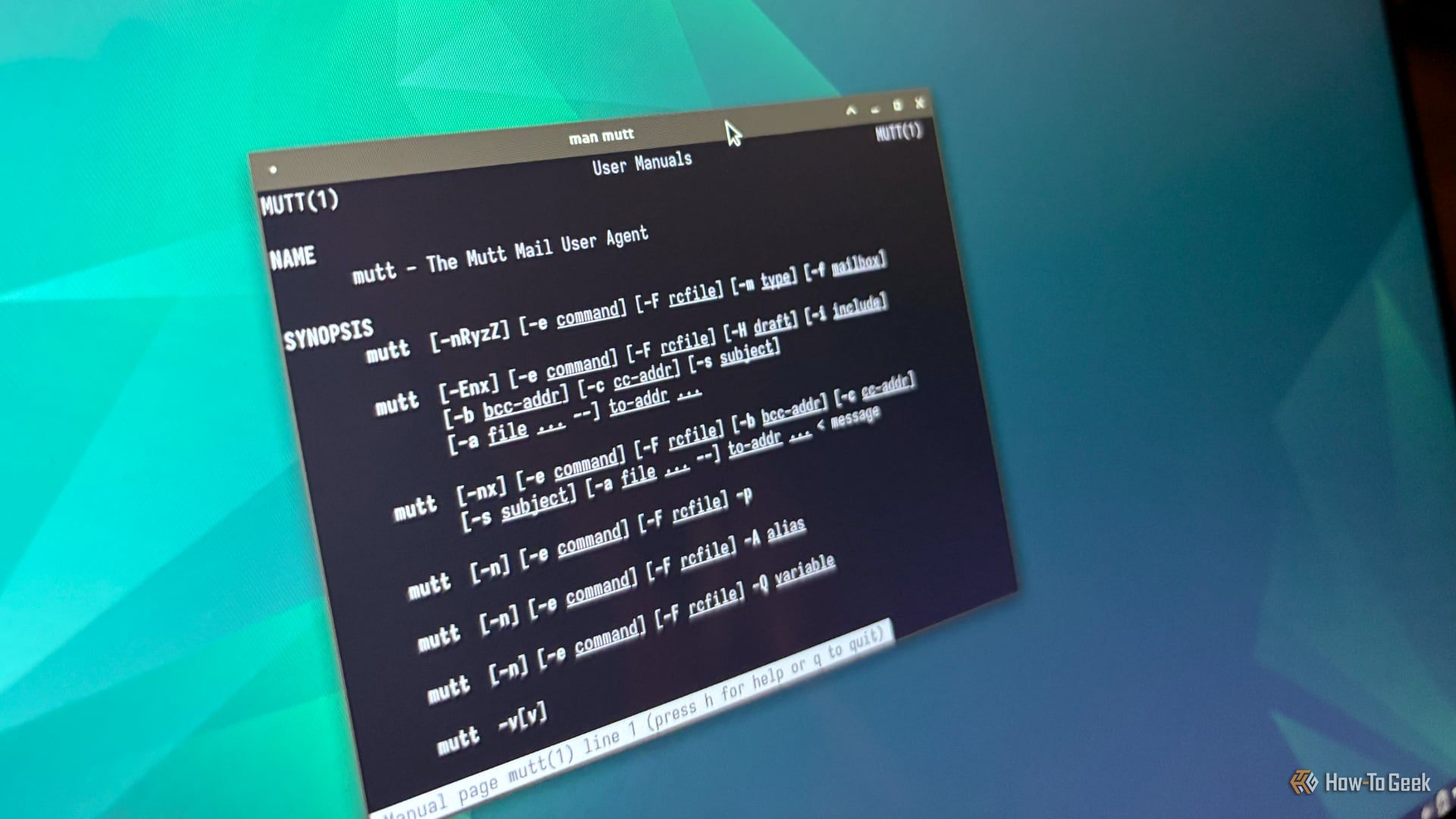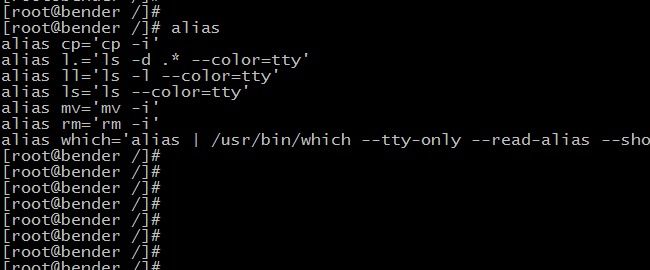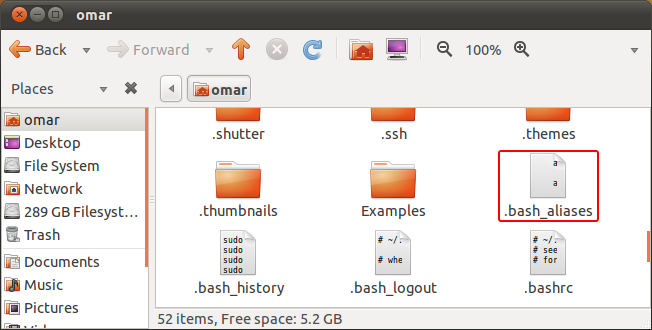To setup aliases, right-click and create an empty file in your home directory and name it .bash_aliases.
Notice the period at the beginning of the name that will make the file hidden.
Press Ctrl+H to show the hidden files.

Example:
This will make typing agi the same as typing sudo apt-get install.
This way if you have a dozen of packages to install, your task just got easier.
And remember that creating aliases from two words won’t work unless you connect them with a dash.

And the last thing that you shouldn’t do is put any space at the starting of any line.
So that’s everything about creating the aliases, but what aliases would you use?
What aliases to use
Now that you know how to setup aliases and create your own.

If you have to install and remove packages too often then you really are going to like this.
The aliases above are made of the first letters of each word in the command.
Now navigating your files and folders can be no easier.
bang out the directory you want to go to and bang out dots to go up.